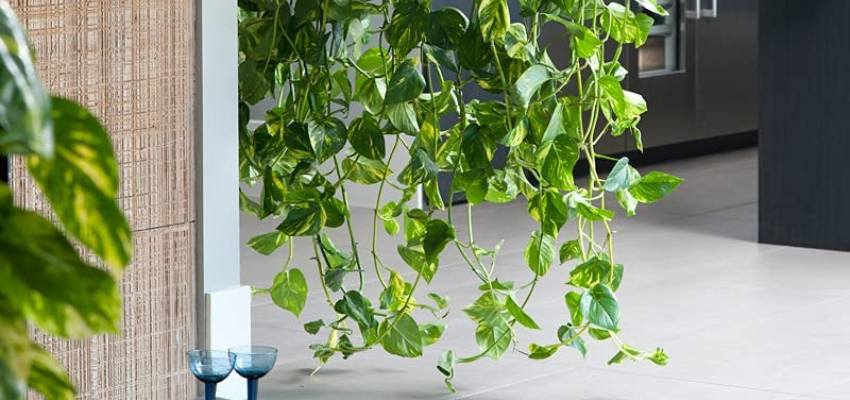SPIDERMITE SEASON!
When it comes to indoor grow operations, prevention is key when it comes to avoiding a spider mite infestation. These tiny pests can cause serious damage to your plants if left unchecked, and their rapid reproduction rate means that an infestation can quickly get out of control.
So, what exactly are spider mites and how can you prevent them from taking over your grow room?
What are Spider Mites and What Do They Look Like?
Spider mites are tiny pests that are around 1mm in size. They have four pairs of legs and can appear translucent, with different species appearing in various colours including brown, yellow, red, green, or black. The most common types are the red spider mite and the two-spotted spider mite.
Spider mites thrive in hot and dry climates, with some species able to complete their reproductive cycle in as little as 8-12 days. However, they can also survive in humid environments with a slower reproductive rate.
What Do Spider Mites Do to My Plants?
Spider mites feed by piercing the plant cells with their "teeth" and sucking out the contents. When the plant cells die, they turn pale yellow or white, leading to spotted discoloration on the leaves. While this may not seem like a big deal, the problem lies in the spider mites' quick reproduction rate. If left unchecked, a growing colony of spider mites will spread from the lower canopy to other parts of the plant, causing serious damage.
Do Spider Mites Lay Eggs?
Female spider mites can live up to 4 weeks and lay up to 20 eggs per day once they are sexually mature, which occurs at just 3-5 days old. Spider mites lay their eggs on the underside of leaves, and the transparent eggs are extremely small and hard to see without magnification. One indication of egg deposits may be a visible cluster of fine webbing used to suspend and protect the eggs.
How Do Spider Mites Get to My Indoor Plants?
Spider mites can travel from location to location by attaching themselves to clothes, shoes, bags, and even pets, making their way into your indoor grow room. It's important to practice good plant hygiene and avoid wearing outdoor clothes when tending to your indoor plants to minimize the risk of introducing spider mites.
How Do I Prevent a Spider Mite Infestation?
To prevent a spider mite infestation in your indoor grow operation, it's important to take a proactive approach. One effective method is to use a quality mite control product like Mr 24/7, which serves as a barrier and disrupts the reproductive cycle of spider mites. Be sure to use a good-quality spray bottle to effectively disperse the solution and remember to spray under the leaves.
In addition to using a mite control product, it's important to practice good plant hygiene to minimize the risk of introducing spider mites. This includes avoiding wearing outdoor clothes when tending to your indoor plants and being mindful of where you place your bags and other belongings.
How Do I Treat a Spider Mite Infestation?
Even with the best prevention measures in place, sometimes it's still necessary to deal with a spider mite infestation. In these cases, there are several insecticides available to kill spider mites. It's best to use a product that is as natural as possible, such as Dead Red, which is effective at killing both adult spider mites and their eggs. Be sure to spray every 3-4 days until flowers start forming, and follow these commandments of foliar spraying to ensure the best results:
Do not spray in direct sun or while lights are on.
Spray under leaves and in between branches.
Turn off ventilation for 30-60 minutes to allow the solution to permeate.
Do not spray when edible flowers and fruits have begun to form.
By following these prevention and treatment tips and using high-quality products like Mr 24/7 and Dead Red, you can effectively manage a spider mite infestation and protect your indoor grow operation. If you're in Melbourne, Australia, be sure to check out Benchmark Hydroponics for a wide selection of mite control and insecticide products to help keep your plants healthy and pest-free.




